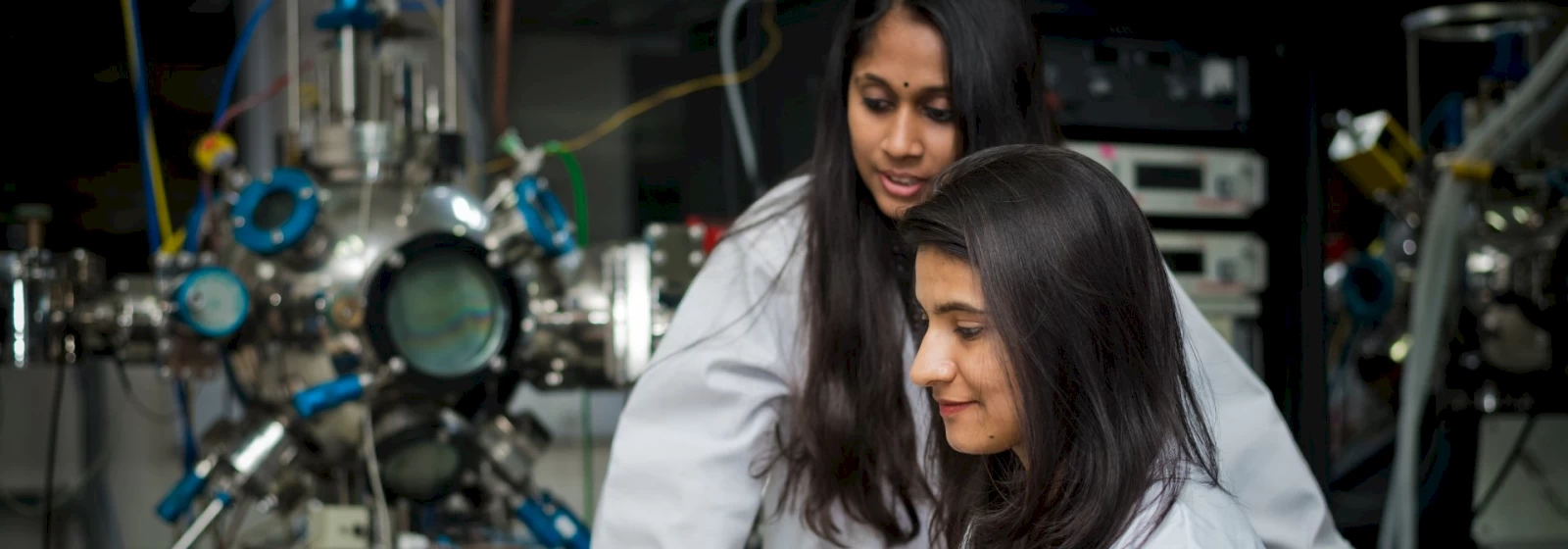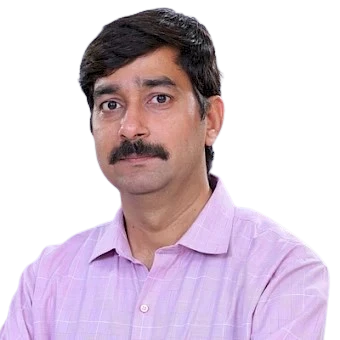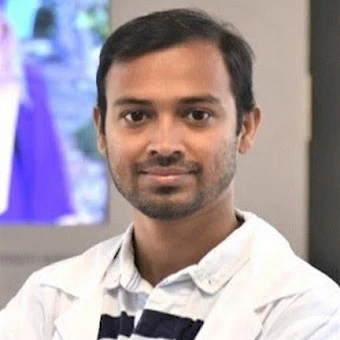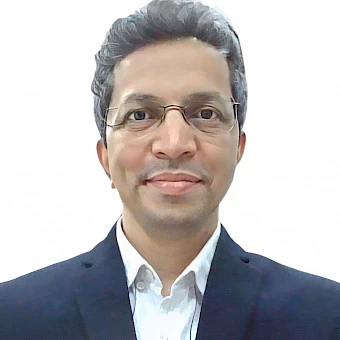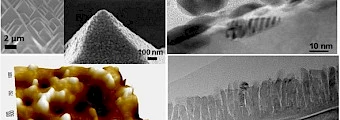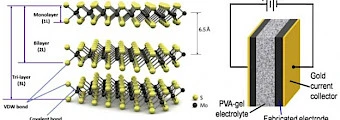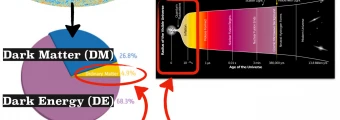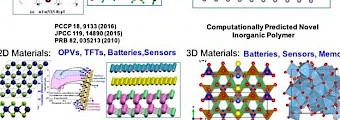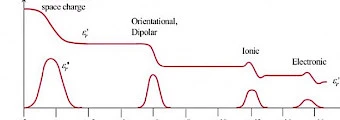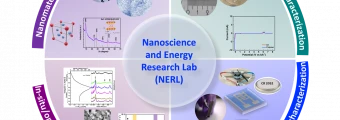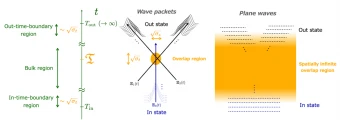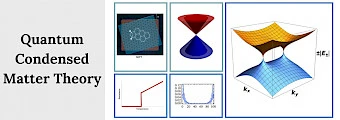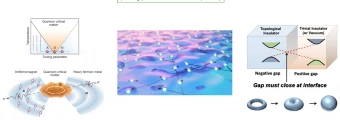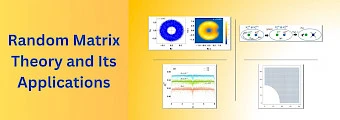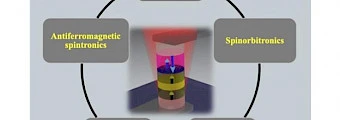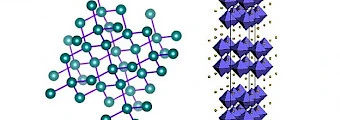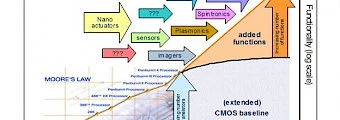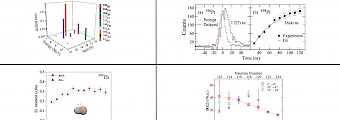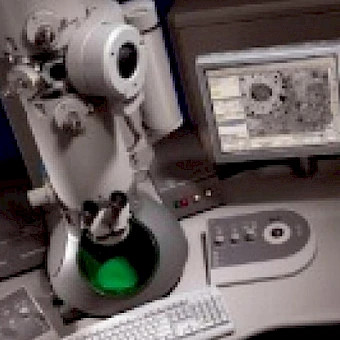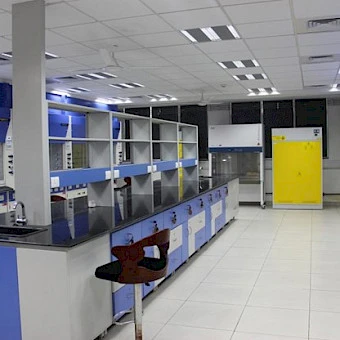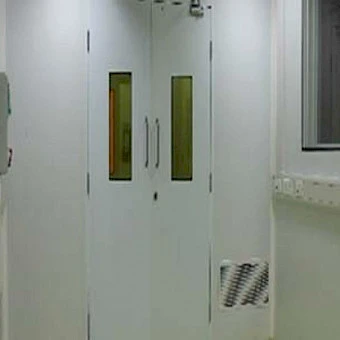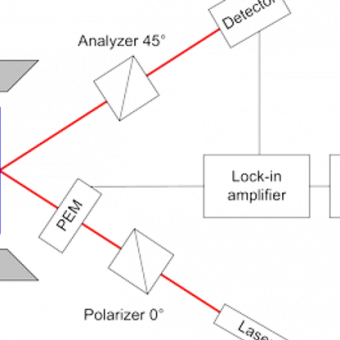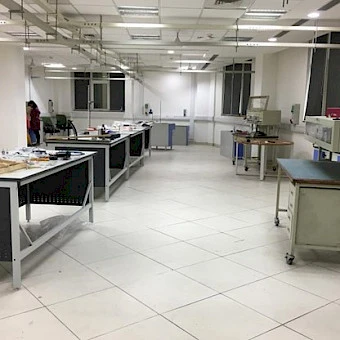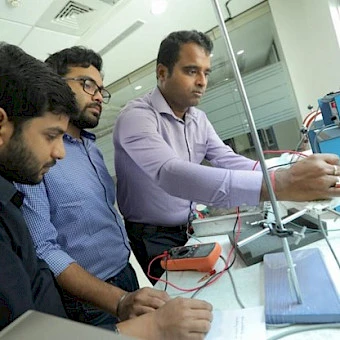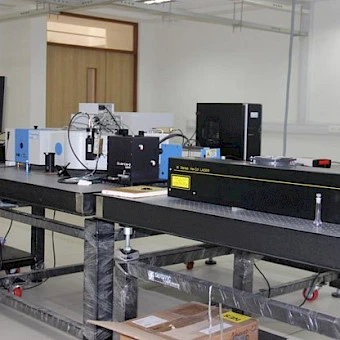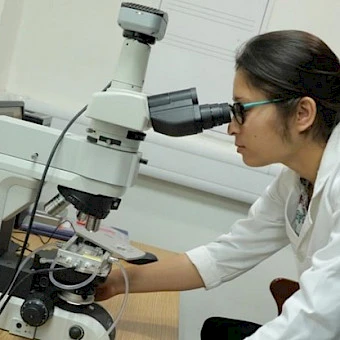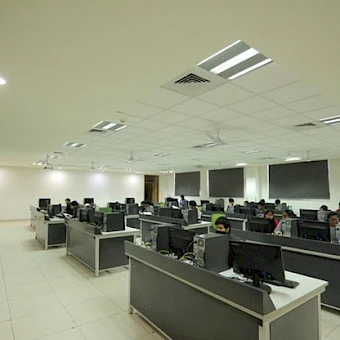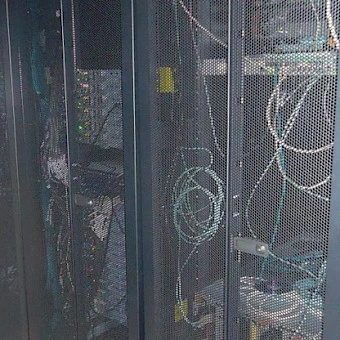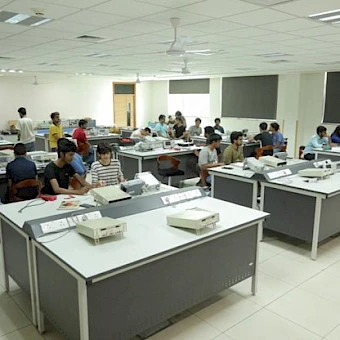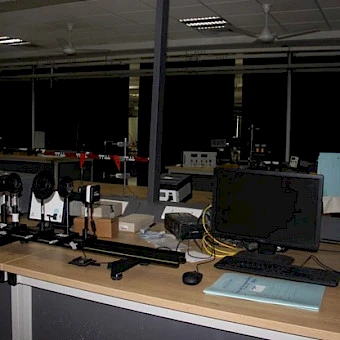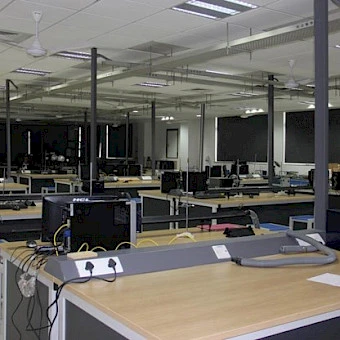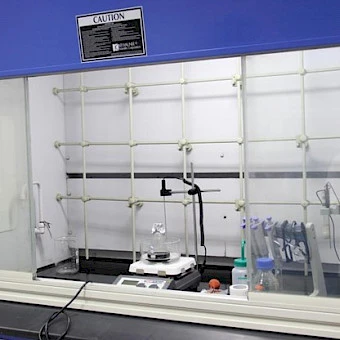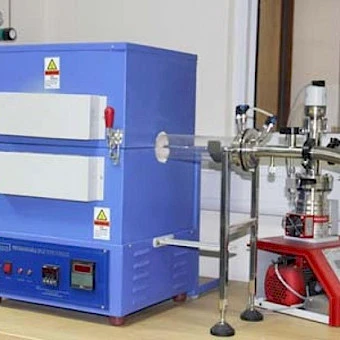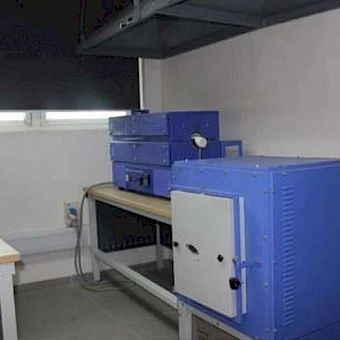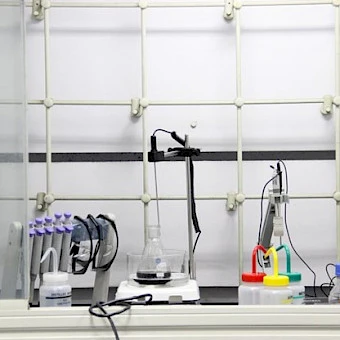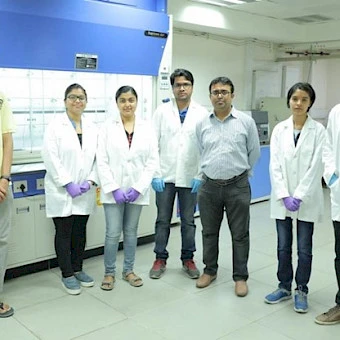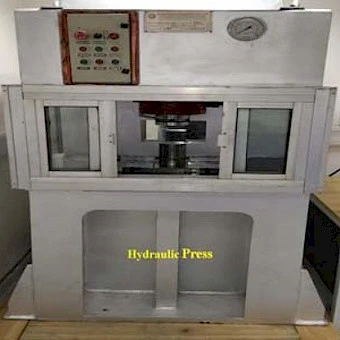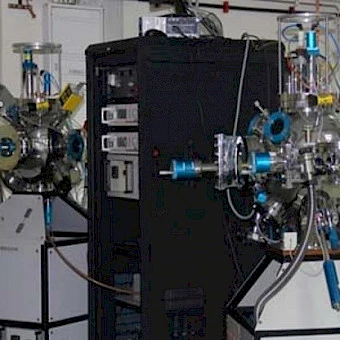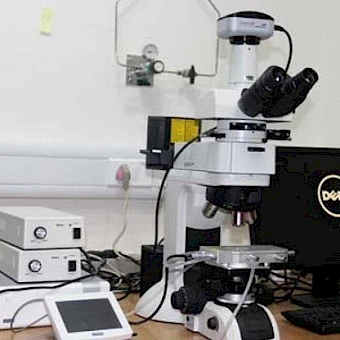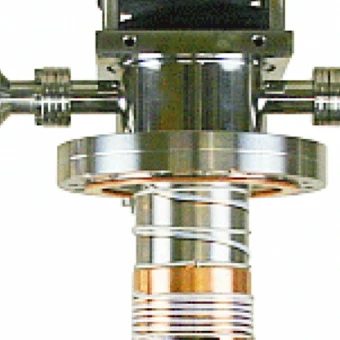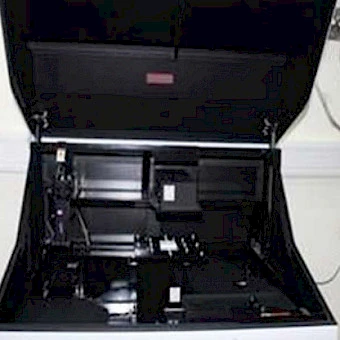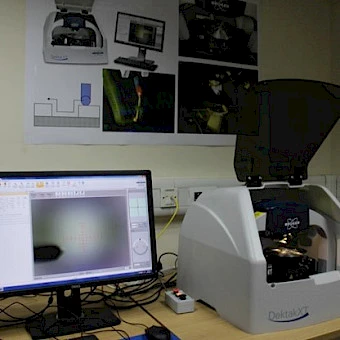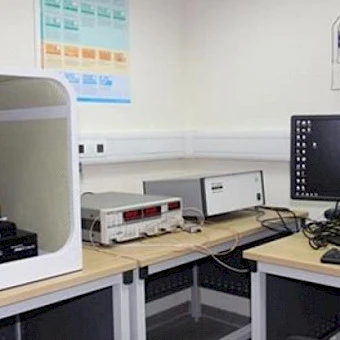Department of Physics
Physics is a branch of natural science that elucidates the fundamental principles of the structure and function of nature. It can cover everything, from macroscopic objects like the universe to microscopic things such as materials, nuclei, and elementary particles. Physics has developed and will continue to grow, with a constant exchange of ideas from experimental and theoretical research.
The concrete structure of this world can only be proven by actual experiments, while theoretical understanding is also indispensable to revealing its design. It may also be true that physics is a fundamental science, and it takes time for the latest results to be passed on to society. However, it may be no exaggeration to say that its impact on civilization has been enormous. For example, the design of computer infrastructure would be impossible without knowledge of quantum mechanics and solid-state physics, and the theory of relativity is essential for precisely determining an individual's position in a GPS. In recent years, more than traditional collaborations with engineering, there has also been a solid interdisciplinary research activity in close cooperation with biologists, chemists, mathematicians, and engineers to solve problems in various fields.
The Department's mission is to conduct outstanding research with national and international recognition by promoting creativity, excellence, and collaboration. Currently, our primary focus areas of research are Materials Science, Condensed Matter Physics, Computational and Mathematical Physics, Particle and Dark Matter Physics, Astrophysics, and Soft Matter Physics, which include fundamental and applied research.
We provide students with a holistic, up-to-date, comprehensive curriculum to cultivate curiosity and excitement about the physical world, including our platform for engineering students to engage in problem-solving skills. In addition to our well-organized introduction to physics fundamentals, we provide opportunities for undergraduate and master's students to engage in scientific research. We actively create interdisciplinary collaborations and various outreach activities. Our teaching program will benefit not only students who aim to become future researchers in physics but also those who aim to acquire the methods and ideas of physics and work in engineering or other related fields in society.
Explore Programs under the Department of Physics
Faculty at Department of Physics
Research Areas of Department of Physics
2D Materials And Device
Two-dimensional materials such as graphene and transition metal dichalcogenides (TMDC) such as...
Astroparticle Physics
According to the present understanding, the smallest building blocks of nature, the particles,...
Computational Materials Physics
The “Computational Materials Physics” group in the Department of Physics at Shiv Nadar...
Dielectric Materials
Our research interests are related to the synthesis and understanding of the basic properties of...
Nano-Carbon And Nano-Tribology
We aim to understand the structure and properties of functionalized nano-materials,...
Nanomaterials And Energy Storage Applications
NERL focuses on engineering energy materials and developing advanced electrolytes for the...
Physics Of Neutron Stars
One of the main goals of studying astrophysics and high-energy physics is to know the properties...
Quantum Condensed Matter Theory
I am a theoretical physicist, mainly interested in quantum condensed matter with a focus on...
Quantum Materials
Recent stream in the area of condensed matter physics is the quest for novel and exotic phases in...
Soft Matter & Biophysics Laboratory
We work in the field of experimental soft matter physics including biophysics. Soft materials...
Spintronics And Magnetization Dynamics
Our aim: Designing faster, denser, and energy-efficient spintronic devices for magnetic data...
Theory Of Ground State And Spectroscopic Properties Of Strongly Correlated Electrons Systems
The research in our group can be broadly classified as Theoretical Condensed Matter Physics. More...
Nuclear Structure Physics
The Nuclear Physics group has multiple research endeavours in fundamental physics, including the...
Recent Research
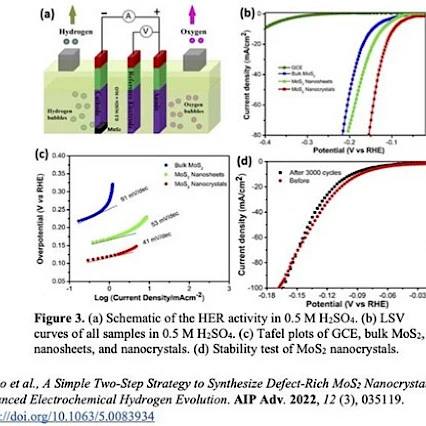
Hydrogen Evolution Reaction (HER) Studies With Defect-Rich MoS2 Nanocrystals
In this work, a facile and low cost route is used to synthesize defect-rich MoS2 nanocrystals in an aqueous solution through ultrasonication and hydrothermal treatment. It is an environmentally...
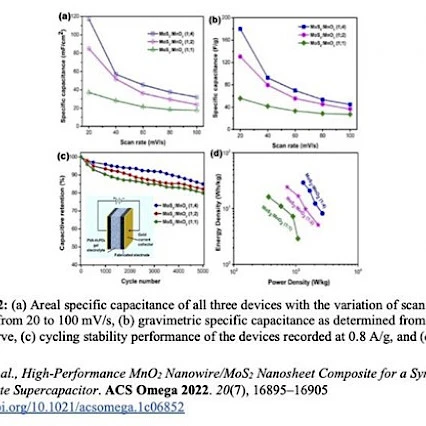
Realizing Solid State Supercapacitors Using MoS2 Nanosheets/MnO2 Nanowires
In this project, MoS2 nanosheet-embedded MnO2 nanowire electrodes with different weight ratios have prepared for designing a solid-state-supercapacitors (SC). The MoS2 nanosheets were added to...
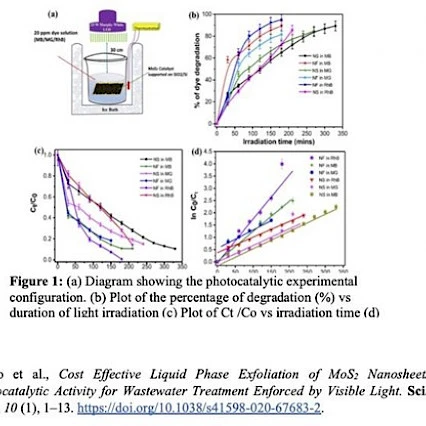
Visible Light Photocatalytic Dye Degradation Of Organic Dyes By MoS2 Nanostructures Grown By Different Routes
In this project, a one-step hydrothermal process is used to synthesize MoS2 photocatalysts of different morphology and shape. The photocatalytic degradation of MB (methylene blue), MG (malachite...
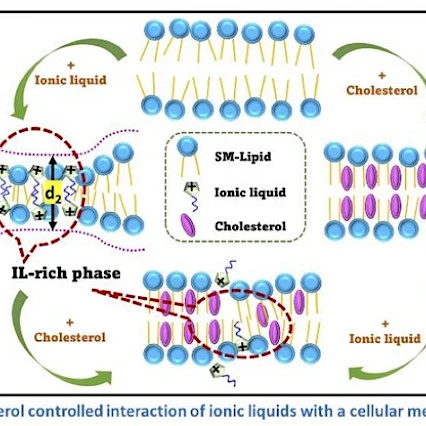
Membrane Biophysics
The group is working to understand the molecular interaction and mechanism of cellular membranes in the presence of various additives such as cholesterol, ionic-liquids, DNA, graphene-based...
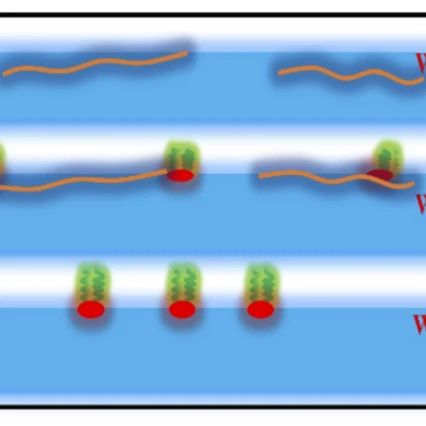
Physics Of DNA Macromolecules
DNA-based nanotechnology is in the fore front of research for biomedical and sensor applications. Stiffness or flexibility of a polymer play a crucial role in its applications. To get insight into...
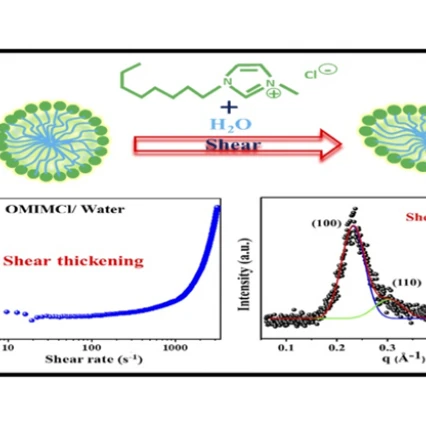
Viscoelasticity Of Complex Fluids
Ionic liquids are the salts showing unique physiochemical properties of low melting point, good thermal stability, high solvation interactions and excellent ionic conductivity, along with the...
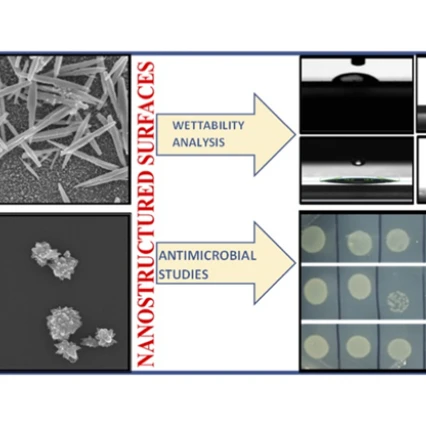
Surface Wetting And De-Wetting
Multifunctional nanostructured surfaces with distinct coatings are important for their applications from industry to biomedical fields. Surface roughness and free energy play important role in...

Phase Formation In Catanionic System Using Dissipative Particle Dynamics
Dissipative Particle Dynamics (DPD) is a coarse-grained method to understand the phase formation at a larger length scale, which is not accessible using the classic molecular dynamics simulation....
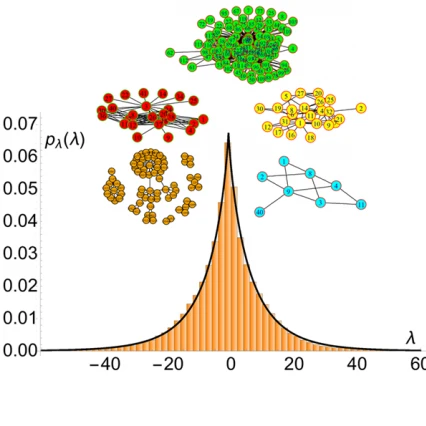
Study Of Real World Chemical Networks Using Random Matrix Theory And Graph Measures
Study of real world chemical networks using random matrix theory and graph measures Dr. Santosh Kumar Associate Professor Dr. N. Sukumar Professor
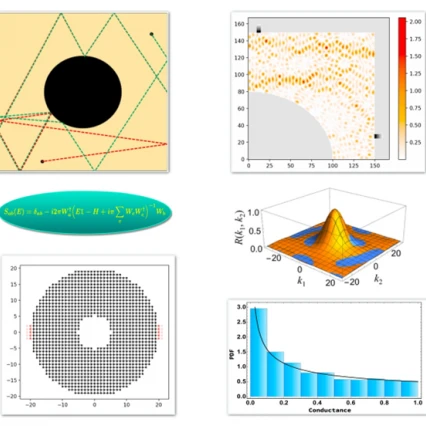
Investigation of electronic transport properties in mesoscopic systems using random matrix theory. (DST-SERB EMR/2016/000823)
A fundamental understanding of electronic transport properties in mesoscopic devices is crucial for sustaining the technological advancement in the field of modern electronic devices. As a...

Applications of structured random matrix models to some problems in classical and quantum information theories. (DST-SERB CRG/2022/001751)
In today’s world, it is unimaginable to survive without information exchange. The underlying mathematical framework, the information theory, serves as the basis of all communications, networking,...
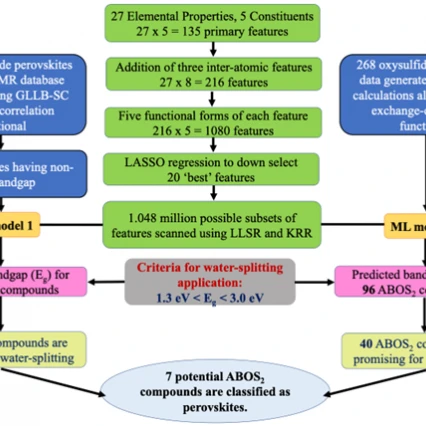
Predicting Sulfur-Rich Oxysulfide Perovskites for Water-Splitting Applications Using Machine Learning (DOI: 10.1002/adts.202200694)
Solar energy offers a promising means of addressing energy supply and storage problems, but this potential is not fully realized due to a lack of suitable semiconducting materials. The discovery of...
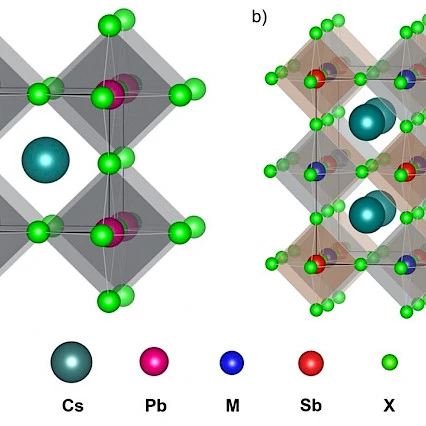
Theoretical insights into monovalent-metal-cation transmutation effects on lead-free halide double perovskites for optoelectronic applications (DOI: 10.1103/PhysRevMaterials.7.075401)
Alternative halide perovskites with characteristics similar to CsPbX3 perovskites have sparked interest over the past decade due to lead-induced toxicity and material instability. Here we utilize...
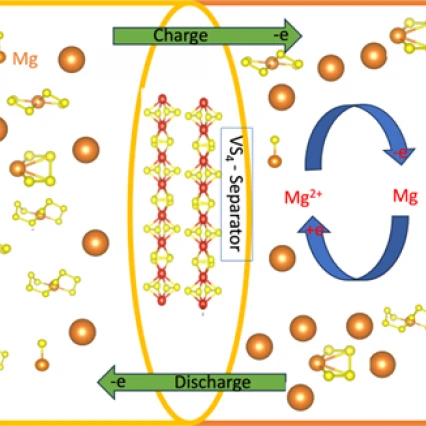
Computational Study of Adsorption of Magnesium Polysulfides on (VS4) Magnesium Sulfur Batteries (DOI:10.1016/j.matpr.2022.11.399)
New high-performance battery designs need to be developed to feed the growing needs of electrostatic energy storage. Magnesium-Sulphur (Mg-S) batter- ies are fast emerging as a promising candidate...
